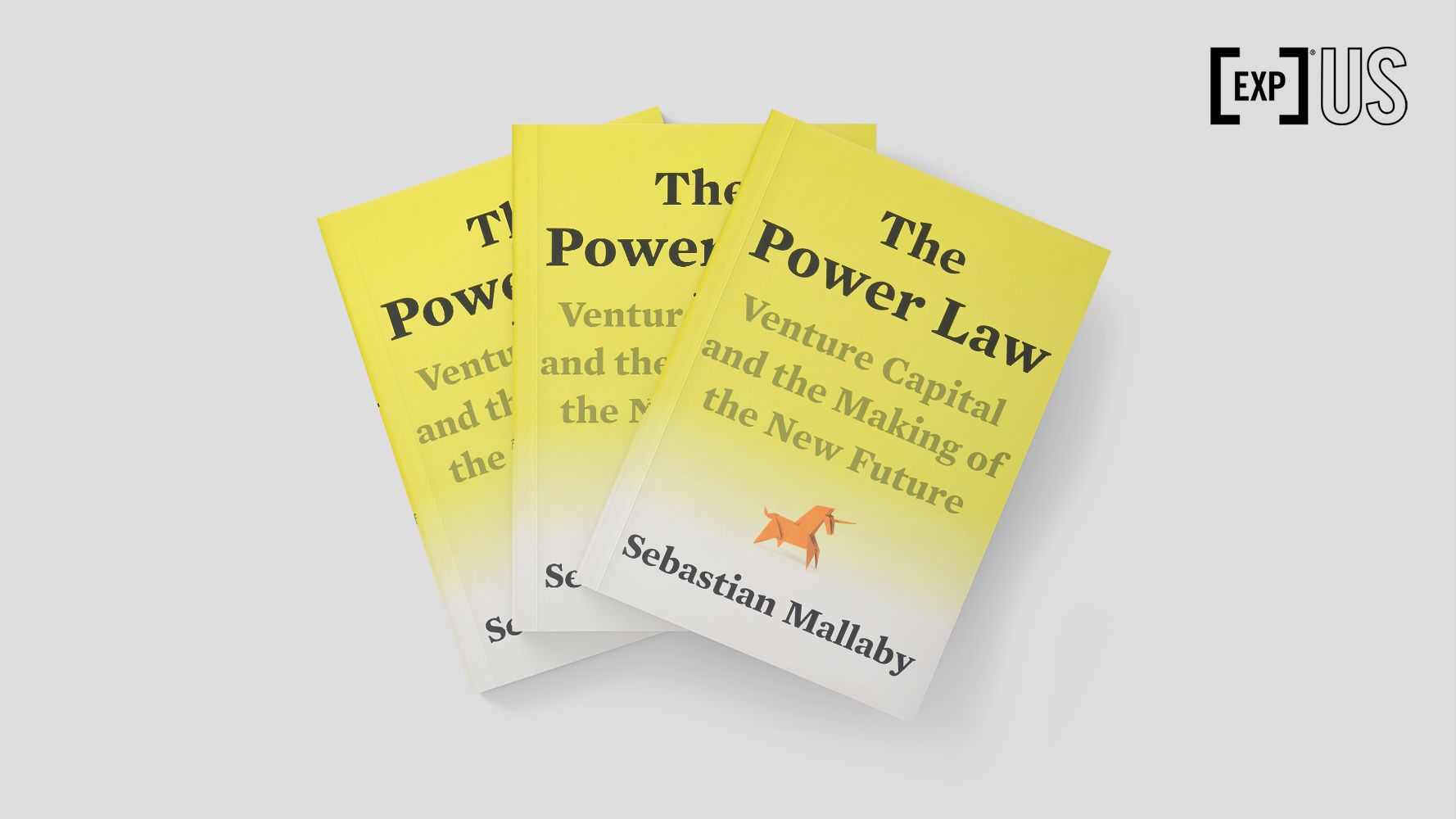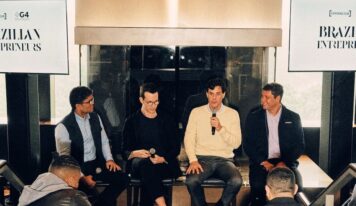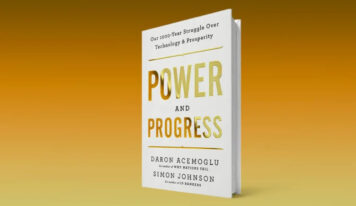An analysis of the mindset that drives the world’s most famous venture capitalists through a reconstruction of celebrated transactions that have triumphed and failed in recent decades
Central Ideas:
1 – “The future cannot be predicted, it can only be discovered.”
2 – “Innovation in retail did not come from Walmart, but Amazon. Innovation in media did not come from Time magazine or CBS, but from YouTube, Twitter, and Facebook. Space innovation didn’t come from Boeing and Lockheed, it came from Elon Musk’s SpaceX. The next generation of cars didn’t come from GM and Volkswagen, it came from another of Musk’s companies, Tesla. I can’t think of a single major innovation that came from experts in the last 30, or 40 years. Think about that. Isn’t it amazing?”
3 – “It is the nature of the venture capital game that most discovery attempts fail, but very few achieve such a scale of success that it offsets everything else. This extreme ratio of success and failure is the power-law that drives the venture capital business, the entire Silicon Valley, the broader technology sector, and by extension, the world.”
4 – “Power Law: the idea that while most startups end up worth zero, a handful of others take off exponentially.”
5 – “I think that the past is not necessarily a guide to the future.”
About the author:
Sebastian Christopher Peter Mallaby, 58, graduated first in Modern History from Oxford University, worked (and now will write again) at The Washington Post, and was also at The Economist magazine, which sent him to South Africa to cover the liberation of Nelson Mandela and the end of apartheid, and to Japan when the political and economic consensus collapsed in the 1990s.
He has published several books, including a biography of Alan Greenspan, who chaired the US central bank, the Fed; a history of the hedge fund industry, More Money Than God; an X-ray of the World Bank under James Wolfensohn, The World’s Banker, and After Apartheid in 1992. He is a senior fellow for international economics at the Council on Foreign Relations. Married to British journalist Zanny Minton Beddoes, the two have four children.
Introduction:

I was once invited to visit the bottom floor of Disneyland in California – actually the first floor, at ground level, and the park above. The entrance, for employees only, was in Fantasyland but did not lead to any costumes. On the contrary: the door, even today, opens to the real day-to-day life that produces the dream world of the 1st floor. There the magic of the Magic Kingdon happens. It is an underground with tunnels, and it has a name: “Utilidors” – corridors where artists pass through to emerge in the exact place they should appear, the backstage where employees operate machines, supply the bars and restaurants, and where all the garbage follows in tubes to a compressor.
The book The Power Law: Venture Capital and the Making of the New Future, shows the unknown underbelly of the world that gestated, before they were born, Apple, Cisco, 3Com, Facebook, Tesla, Hewlett-Packard, Uber, WeWork, Google, and Netscape, among many other former successful startups on the merry-go-round of Silicon Valley in California, and now, also, in China, Israel, and India. “Power Law”, in science, is the “law of power”;
For five years, British writer and journalist Sebastian Mallaby circulated in the orbit of the most famous American and Chinese venture capitalists, with unprecedented access to the story of their triumphs and failures, and now recounts them in 482 pages that include moments of suspense, intimacy, novella, and analysis – in a text that is very good to read.
In the world Mallaby has immersed himself in, the future cannot be prophesied, only discovered. “The future is uncertain, and that is what gives power to the law of power,” he says. Progress depends on foolish men, who seek the improbable, or the impossible. An example is given in the very first lines of Power Law’s introduction. There Patrick Brown, world-famous geneticist, and Stanford University professor, is kneeling, digging in the dirt to harvest some roots with which he intends to liquidate the powerful international meat industry. It is 2010. Brown already has the recipe for a plant burger that bleeds like meat, bakes like meat, and can taste better than a beef burger.
Impossible Food
That’s when a friend told him about a venture capitalist interested in environmental projects, Vinod Khosla, who believes in technological solutions to most social problems. And the more audacious, radical, and improbable, the better. There went Brown, on his bicycle, to the office of Khosla Ventures. As he listened, Khosla thought, as he later revealed to Mallaby, “If there is one chance in 100 that this idea will work, it will be worth the investment. The venture capitalist bets on the impossible. All it takes is for one of these projects to succeed to cover the damage caused by the failure of several others. The profit on the plant burger looked so juicy that Brown left the meeting with $3 million to found his startup Impossible Foods.

Brown didn’t liquidate the meat industry, nor did he save the planet from the pollution of beef, but his annual profit hit $100 million, and fast. Even the Burger King chain created the Impossible Whopper. For Khosla, it was the confirmation of a rule: “Better to try and fail than to fail at trying. This same logic is behind bets on flying cars, space tourism, and artificial intelligence systems. “High risk, big prize.” Common, obvious ideas that are easily plagiarized yield almost nothing.
When he worked for the Kleiner Perkins fund for 20 years, Khosla invested in several startups in the glue of then-new internet broadband. In one of them, Juniper Networks, he bet $5 million and got $7 billion in returns, or 1,400 times that amount, a record at the time. In another case, a voice data project, of a startup called Cerent, he invited the giant Cisco to participate as a co-investor. But Cisco refused. Khosla decided to go it alone, investing $8 million. Bingo! It worked. Then came the sweet revenge: Cisco offered Cerent $300 million in December 1998 and $700 million in April 1999. He refused, in the name of Power Law. Then came a new offer, four months later: 7 billion dollars. Khosla was on vacation in Machu Picchu, Peru, when he received the information. He took a helicopter, then a plane, and the next day he was in San Jose, closing the deal over breakfast.
Sebastian Mallaby reproduces Khosla’s lesson: “Innovation in retail did not come from Walmart, but Amazon. Innovation in media didn’t come from Time magazine or CBS, but from YouTube, Twitter, and Facebook. Space innovation didn’t come from Boeing and Lockheed, it came from Elon Musk’s SpaceX. The next generation of cars didn’t come from GM and Volkswagen, it came from another of Musk’s companies, Tesla. I can’t think of a single major innovation that came from experts in the last 30, or 40 years. Think about that. Isn’t it amazing?”
Mentality and social impact
The book The Power Law has two broad goals – Mallaby tells us. “The first is to explain the mindset behind venture capital. There are dozens of Silicon Valley stories focused on the innovators and entrepreneurs; (but) there have been few efforts to get under the skin of those who fund and often structure the companies. Through a reconstruction of celebrated transactions, as in the cases of Apple, Cisco, Uber, and WhatsApp, the story in these pages reveals what happens when the venture capitalist and a startup connect, and why the venture is so different from other types of funding. Most financiers deploy scarce capital based on quantitative analysis. Venture capitalists meet people, delight people, and rarely bother with spreadsheets.”
The second goal of the book, Mallaby continues, is to “assess what the social impact of venture capital is,” because those making the bets often say they are making the world a better place. An example would be Impossible Foods. But what about the video games and s and social media that provoke addiction and promote fake news?
“Success has many fathers, and Silicon Valley is no exception,” concludes Mallaby as he emerges from the plunge to the origins from which so much innovation has “miraculously” sprouted concentrated in a single region. The first seeds may have been planted in 1951, by engineer and Stanford University dean Fred Terman, when he created the Research Park.
In another version, the real sower was British scientist William Bradford Shockley, the inventor of the semiconductor and Nobel Prize winner for Physics in 1956, the year he decided to leave the East Coast of the USA for the Stanford campus. There is still a third hypothesis, the one that gains more strength in the book: in the beginning, it was the Traitorous Eight. And why? Because in their trajectory lies the strength and spirit that mark Silicon Valley so distinctively.
The eight young researchers, assembled by Shockley in the summer of 1957, “betrayed” him, abandoning him, because they could no longer stand the imperial manner and heavy-handedness with which he treated them. They revolted. They broke the traditional rules of headship, hierarchy, and authority. The hippies who smoked marijuana and wore sandals already populated California. What we now call venture capital also already existed, but of the type that financed technological inventions considered risky for bank loans. For some, a liberating capital.
The Traitor Eight closed the first official venture capital deal. They were strange because they thought they would have a boss – and each of them became a boss in the company they founded, Fairchild Semiconductor. They functioned as a decoy. Anyone who had some good and bold ideas, and was ambitious, could benefit from the same scheme. Many geniuses were roaming the streets. They only needed a shower and clean clothes for a venture capitalist to welcome them and introduce them to possible investors.

The importance of the hippie movement
Time Magazine published an essay in 1995 in which it attributed the success of Silicon Valley to the ancestors of today’s hackers and geeks and the hippies. “We owe it all to the Hippies,” it headlined. It was they who turned computers into “tools of liberation.” Who opened “the royal road to the future.” Who propagated the principles of the counterculture: “Access to computers should be total, without limits; All information is free; Distrust authority – promote decentralization; You can create art and beauty on the computer, and Computers change our lives for the better.”
This was the California spirit, but not unique to the United States. The inventor of the World Wide Web, the British Tim Berners-Lee, who lived in Geneva, Switzerland, despised business. “If you are interested in using code, write to me,” he announced. It was free. In Finland, Linus Torvalds created the Linux operating system and distributed it for free. In short: “There was no shortage of creativity outside Silicon Valley, and no shortage of anti-business counterculture either.”
Mallaby writes that in its current incarnation, venture capital involves a series of transactions. When a startup is formed, it receives a $1 million advance, in exchange for stock, to develop the prototype. If it progresses, it will be entitled to $10 million to hire salespeople and serve its first customers. Each stage has its equivalent quota, until success or failure, the realization that it is no longer worth pursuing the bet. Most fail. But one that works is enough to recover all the losses, and a lot more. The model has gone international, reaching China, Israel, India, and Europe.
Apple reached a market value of US$ 3 trillion. And it was born thanks to venture capital, after a troubled gestation. Today, Facebook, Google, and Tesla dominate the investment portfolios. Kleiner Perkins bet on Genentech, which developed the first artificial insulin and got a return 42 times greater than it initially banked. The Traitor Eight rebellion, and those that followed, explain how Silicon Valley became the realm of innovation. “Politicians around the world have tried to understand the secret of Valley sauce to bottle it up,” Mallaby says. “They have to start understanding venture capital.”
The story goes that Silicon Valley grew up in the shadow of Stanford University, which benefited from contracts from the Secretary of Defense. Not true, according to The Power Law. If that were so, why hasn’t the Massachusetts Institute of Technology, next to Harvard University, produced a powerful innovative group? And as for military investments, why didn’t Cambridge “become the center of the universe?” The first transistor was created in 1947 at Bell Labs in New Jersey. The first server software was born in Minnesota. The first graphical browser had billionaire Marc Andreessen as co-developer, at the University of Illinois.
The magic of Silicon Valley
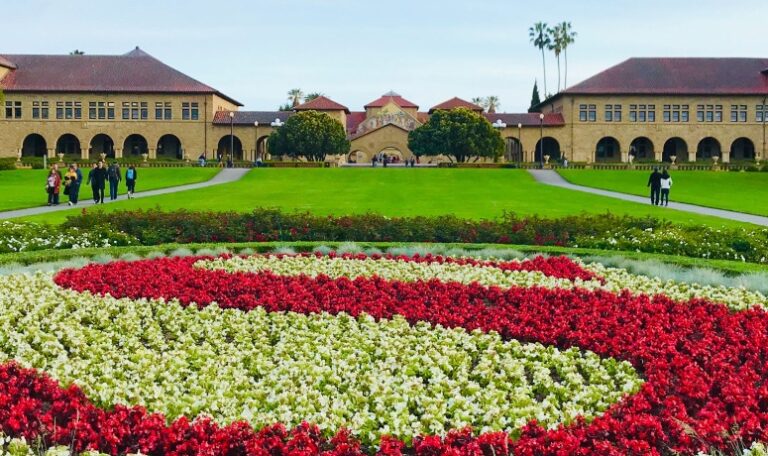
“No geography dominates innovation,” assures Mallaby. But “when it comes to turning ideas into highly successful products, Silicon Valley is the place where the magic happens,” he adds. “And the magic sprouts thanks to venture capital. By unleashing the talent to turn ideas into products and marrying unconventional experiments with difficult business goals, this distinctive form of funding has fostered the entrepreneurial culture that has made the Valley so fertile.”
Another question looming over The Power Law: did venture capital create Valley’s successor did it just come forward, opportunistically, to leverage it? Who was responsible for the success? Jeff Bezos, Elon Musk, Mark Zuckerberg? Or the guys always hiding in Palo Alto or Menlo Park, like Andreessen Horowitz of Benchmark and Sequoia, Mike Moritz, Peter Thiel, and Tom Perkins of Kleiner Perkins, among others?
Very interesting in the book is that Mallaby follows what happens as if he were present. So we learn, for example, what Donald Valentine, of the venture capital firm Sequoia, said after receiving the two Steves – Jobs and Wozniak.
– He sounds like Ho Chi Minh! (comparing Jobs to the Vietnamese revolutionary)
And what was the comment of the owner of the first computer store in New York, Stan Veit, when confronted with the offer to buy 10% of Apple for a mere $10,000?
– Seeing the long hair of this hippie (Jobs) and his friends, I thought: I will be the last person in the world to trust them with my ten thousand dollars…
Intel chairman Arthur Rock, the venture capitalist of the Eight Traitors, also hosted Steve Jobs. “He had just returned from India, where he had been with his guru. I’m not sure, but it must have been a long time since he took a shower.”
Mallaby interviewed key leaders in technology and venture capital, especially those who backed the companies that would become giant global successes. His stated intention was to explain “the mindset behind venture capital” and “assess its social impact.” The mindset he refers to is contained in the title, The Power Law, the idea that while most startups will be worth zero, a failure, a few will take off exponentially. Instead of a bell-like curve, a long tail where the winners move forward at great speed. It is a real adventure with technologies that are still a long way from a traditional bank loan. (Today, at 90, a philanthropist, Arthur Rock repeats a good line: “I don’t want to be the richest body in the cemetery.
Failure is part of it
The big failure of the wave of startups created in Silicon Valley was Theranos, which promised to revolutionize the health market by making accurate diagnoses for hundreds of diseases from a drop of blood. College student Elizabeth Holmes dropped out of Stanford University’s Chemical Engineering program in 2003 to start it. She was 19 years old and was welcomed to Silicon Valley as a “darling. She raised $1 billion in a short time. Forbes magazine called her “the world’s youngest self-made billionaire.” In 2015, however, The Wall Street Journal reported that the technology Theranos relied on was not accurate. The Justice Department and the U.S. Securities and Exchange Commission launched an investigation.
Holmes’ trial concluded in January 2022. Charged with 11 crimes, she ended up guilty of four – three counts of wire fraud and one count of conspiracy to defraud investors. The sentence is not out yet. It could be up to 20 years in prison, plus a $250,000 fine for each crime committed. This is not in the book, but Mallaby felt duty-bound to defend the discredited venture capitalists in a newspaper article. He pointed out that Theranos’ biggest investors were “tourists”. The list includes former Secretaries of State Henry Kissinger and George Schultz, the Walton family ($150 million), media baron Rupert Murdoch ($121 million), and the family of Betsy DeVos (Amway), and the Cox family, owners of radio and TV stations. For those in the business, the end of a startup is in the account of the risk of failure, which will be covered by another one that does well.
The criticism Mallaby accepts is that in the venture capital world there are too many men, too many whites, too many Harvard or Stanford, a monoculture to be broken. Women are 16% of venture investment firms. Blacks, 3%.
The chapter on China in The Power Law is revealing. Who knew that the early stage of Chinese technology was funded by Silicon Valley venture capital? It was. And today, the company that ranks among the largest in both countries is Sequoia Capital, founded in Menlo Park in 1972 by Donald Valentine, the man who thought Steve Jobs looked like the Vietnamese Ho Chi Min. There is also Sequoia Capital in India. The result of this Sino-American marriage has yielded Baidu, one of the largest search engines in the world, even more than Google and Yahoo, and Baidu Baike, which imitates Wikipedia.
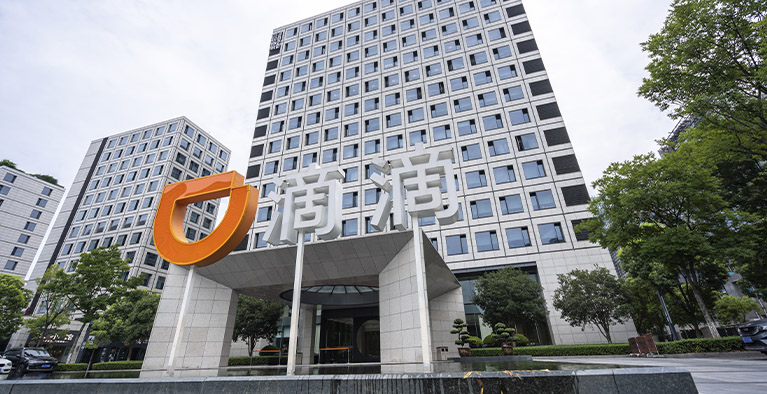
The false myth of Chinese growth
In China, however, the idea of having a region as a cluster in which various fruits grow and ripen, as in the Valley, did not bear fruit – the seeds were spread between Hong Kong and Shanghai, and also, later, between Hangzhou and Beijing. But the DNA was the same, with the use of the Cayman Islands for corporate incorporation and American lawyers teaching the employees of the nascent unicorns what stock options were.
Mallaby highlights two venture capitalists who produced the Sino-Chinese magic: Neil Shein, founder of China’s Sequoia, and Syaru Shirley Lin, a Harvard graduate, professor at several American and Chinese colleges, and sent by the multinational financial group Goldman Sachs to bring venture capital to Asia.
For Mallaby, the myth that Chinese growth stems from the Communist Party of China’s aggressive subsidy of technology companies is just that, a myth. He says, “China’s technology boom was forged remarkably by American investors.” And further: “The Chinese government had no direct involvement in the launch of Alibaba Group,” now a giant conglomerate of e-commerce, search, and cloud computing services, founded in 1999 by Jack Ma, owner of one of the world’s largest fortunes.
When Xi Jinping first visited the United States in 2015, his meeting agenda prioritized top executives in Silicon Valley and Seattle, not politicians in Washington and the White House, or bankers in New York. Mallaby doesn’t buy the popular narrative, among conservatives, that China steals American ideas and wealth. “This is not serious,” he says. “China’s potential is vast, and we are financing that growth.”
The Power Law was written based on some 300 interviews. Mallaby dissects the selected success stories down to the smallest details, while also exploring the causes of failure for many others. He concludes that “venture capitalists, as a group, have a positive effect on economies and societies. Less than 1% of the companies that are formed each year receive venture capital backing, “but if you look at the years since 1995, half of all companies that open capital have received venture support, and three-quarters of the market value of those companies have derived from venture capital. Small parcels get the money-less than 1 percent-but three-quarters of the market value is the result.”
With all the knowledge he has accumulated to write The Power Law, why doesn’t he venture into being a venture capitalist himself? – Mallaby was asked by a journalist. And he replied, “No, I like what I’m doing. It’s true that whenever I spend five years on a project, which is how long these books cost me, my goal is to get in the cockpit with the people I’m writing about and fly through the landscape and understand what the world looks like in their eyes, to explain their thought process to people. I end up trying to think like them. My critics would say that I write like one of them (…) I am happy to plead guilty to stepping into the shoes of the people I am writing about, but that doesn’t mean I want to be them. In short: I’m happy being a writer.”
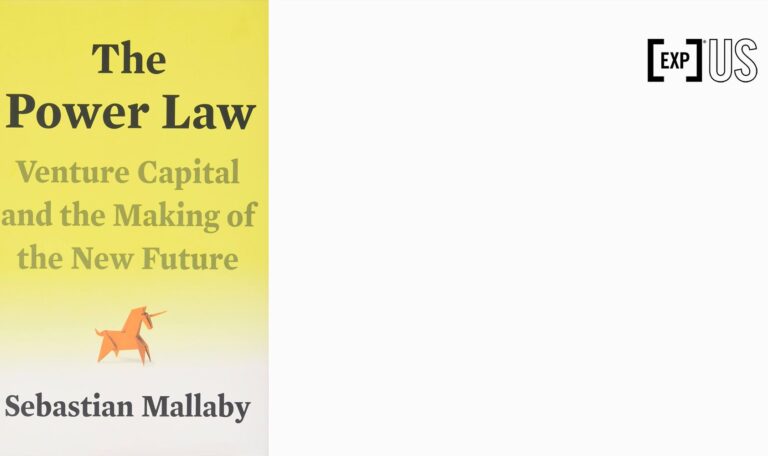
FACTSHEET:
Title: The Power Law: Venture Capital and the Making of the New Future
Author: Sebastian Mallaby
First published: Penguin Press (February 1, 2022)
Review: Moises Rabinovici
Photos: wolterke – stock adobe/disclosure Impossible Foods/Drobot Dean – stock adobe/unsplash
![[Experience Club] US [Experience Club] US](https://experienceclubus.com/wp-content/uploads/2021/03/laksdh.png)










![[Experience Club] US [Experience Club] US](https://experienceclubus.com/wp-content/uploads/2021/03/logos_EXP_US-3.png)


